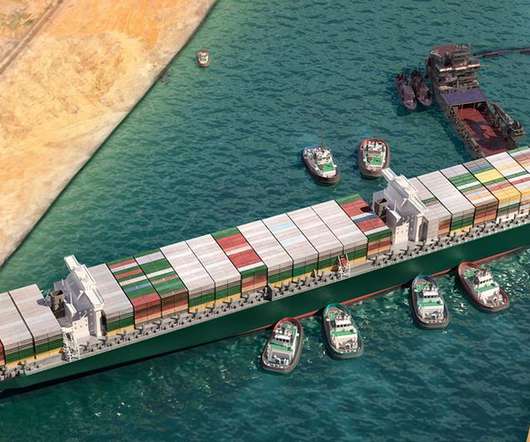This Week in Logistics News (September 15-19, 2014)
Talking Logistics
SEPTEMBER 19, 2014
Outlines New Developments in Omnichannel Strategy and Technology. Infor Aligns With MercuryGate To Strengthen Transportation Management. Oracle Introduces New Cloud Solutions for Transportation and Global Trade Management. Menlo Logistics Opening New Multi-client Warehouse in Ladkrabang, Thailand.
















Let's personalize your content